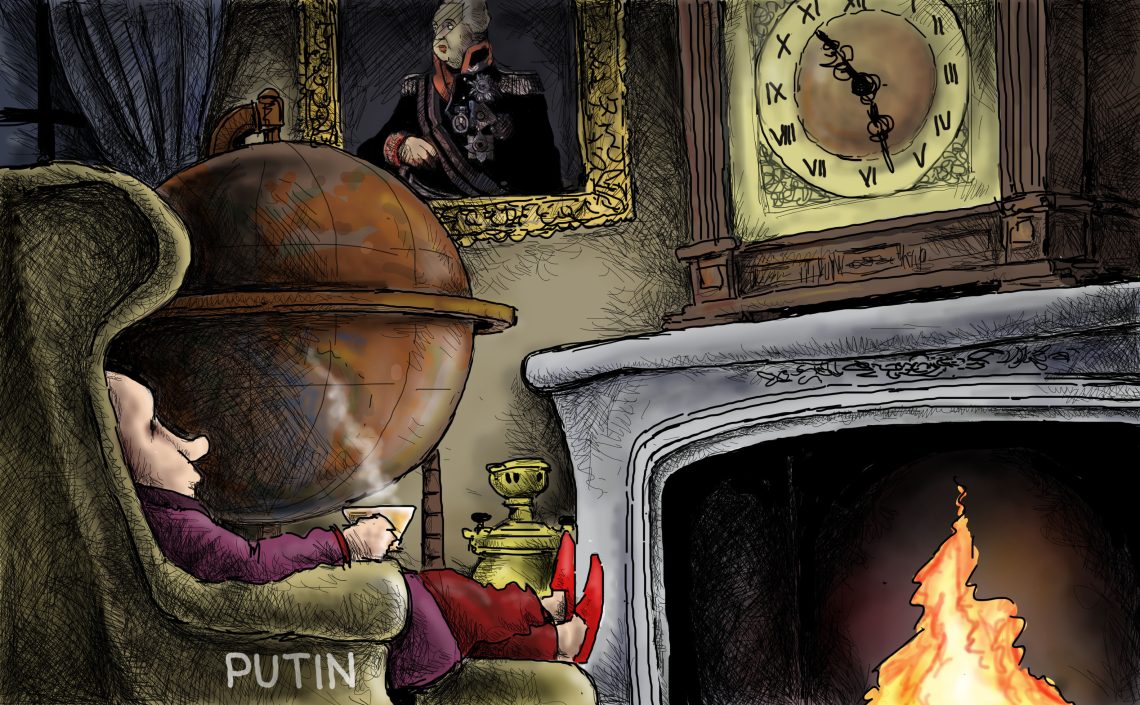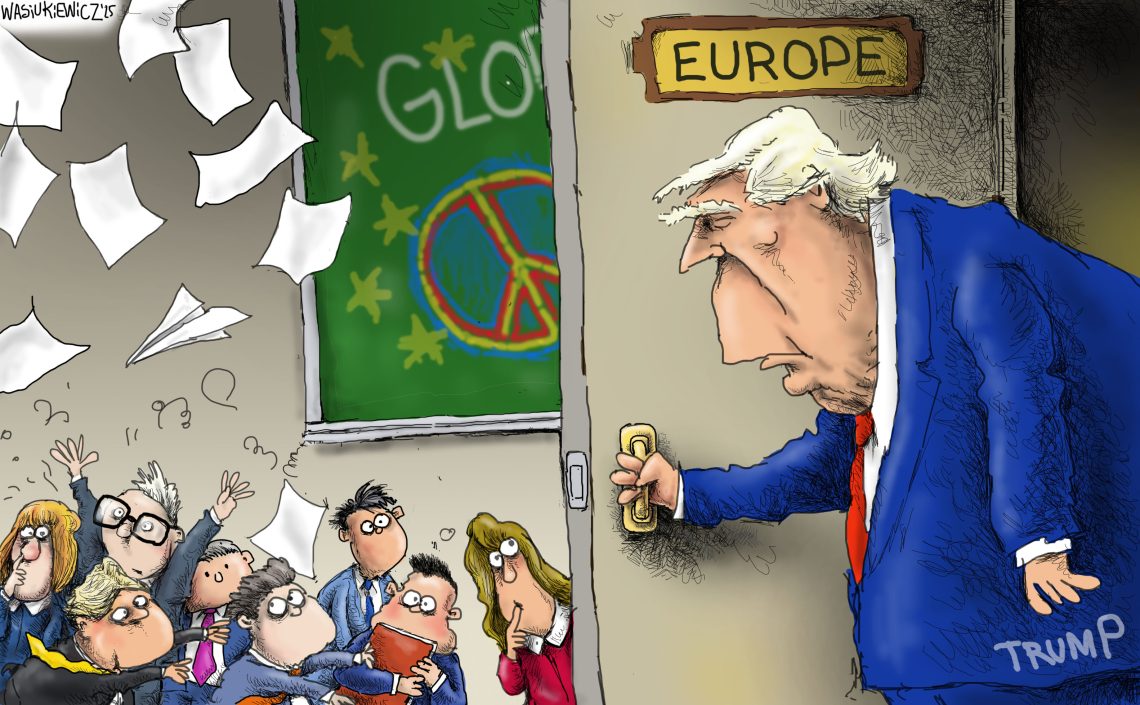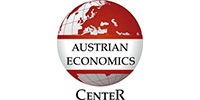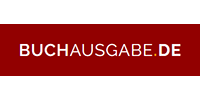Russia’s long-term direction
Some Western capitals appear to nourish hopes that it might be possible to drive a wedge between Russia and China – an inversion of what President Richard Nixon and Henry Kissinger achieved in the 1970s when aligning with China against the Soviet Union.
Russia is both a European and an Asian country, stretching across 11 time zones from west to east. It shares the world’s longest land border with China. Historically, the relationship between the two countries was tense, particularly following Russia’s annexation of some Chinese territories in the late 19th century. During the Czarist era, the Russian elite was culturally oriented toward Europe, and the country expanded westward, ultimately reaching its greatest territorial extent as the Soviet Union in 1945.
Siberia is now a strategic priority for Moscow. From the Kremlin’s view, this is entirely reasonable.
The collapse of the Soviet Union in the 1990s – and the loss of vast territories in Central Asia, the Caucasus, Ukraine and the Baltics – is seen not only by President Vladimir Putin as a historic catastrophe, but is also widely regarded as such within Russia.
Today, Moscow claims that trust in the West has been lost for a number of reasons. Its current political doctrine includes a pivot to Asia, even while it seeks to reclaim lost territories in Ukraine and the Baltics. There is also ongoing concern over NATO’s strong presence in neighboring countries.
Siberia is now a strategic priority for Moscow. From the Kremlin’s view, this is entirely reasonable. There is a perception that this vast, sparsely populated region, with its abundant natural resources and expanding agricultural potential, could be threatened by spillover from the 1.4 billion Chinese living just south of the border. However, such fears appear increasingly unfounded, as China – like Russia – is facing a rapid demographic decline.
Currently, relations between Moscow and Beijing at the government level are very strong, and the two countries rely on each other. For now, the idea of driving a wedge between them seems unlikely.
This comment was originally published here: https://www.gisreportsonline.com/r/russia-china-partnership/
































